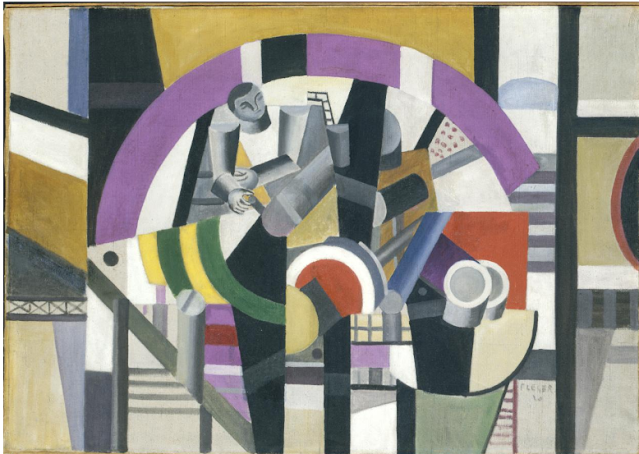Thomas Eakins "The Biglin Brothers Turning the Stake"
In his teaching, life study was essential and he wanted men and women treated equally. This meant live nude male and female models were used in mixed sex classes - a far cry from the norms of the day. But Eakins stuck to his guns causing several changes in schools and much public uproar.
Our painting for this week was done in 1873. Rowing as a very popular sport at the time and Eakins created several paintings on the subject. It allowed him a venue for studying the male body in an acceptable format. The Biglet brothers were a famous team of rowers and this painting depicts an actual race of 1872 on the Schuylkill River in Philadelphia, which the brothers won. Here they are rounding the corner, the stake, well ahead of their competitors seen behind them. Looking close you can see the crowd of spectators lining the river's bank. The brothers are center, with their muscular bodies moving and straining to maintain speed.
The Biglin Brothers Turning the Stake is an oil on canvas. It measures 46 x 66 inches, and is the largest of the rowing paintings from this series. It is the property of the Cleveland Museum of Art, in Cleveland, Ohio.
Make Art a part of your life, it's a beautiful thing to do.




I'm glad he broke from the stifling Victorian tastes and introduced the study of the male and female figures. He, so accurately paints the muscular bodies in this work and other paintings with nude figures. His realism is better than a "photo"!! The strong "corner stake" balances the many horizontal lines. I like his repetition of blue in the rowers hats, shirts, and blue tint of water. The sky is interesting; not really bright but there are shadows and highlights. I also like his addition of the steamship on the far right. Wonderful painting of trees; just a beautiful landscape.
ReplyDelete